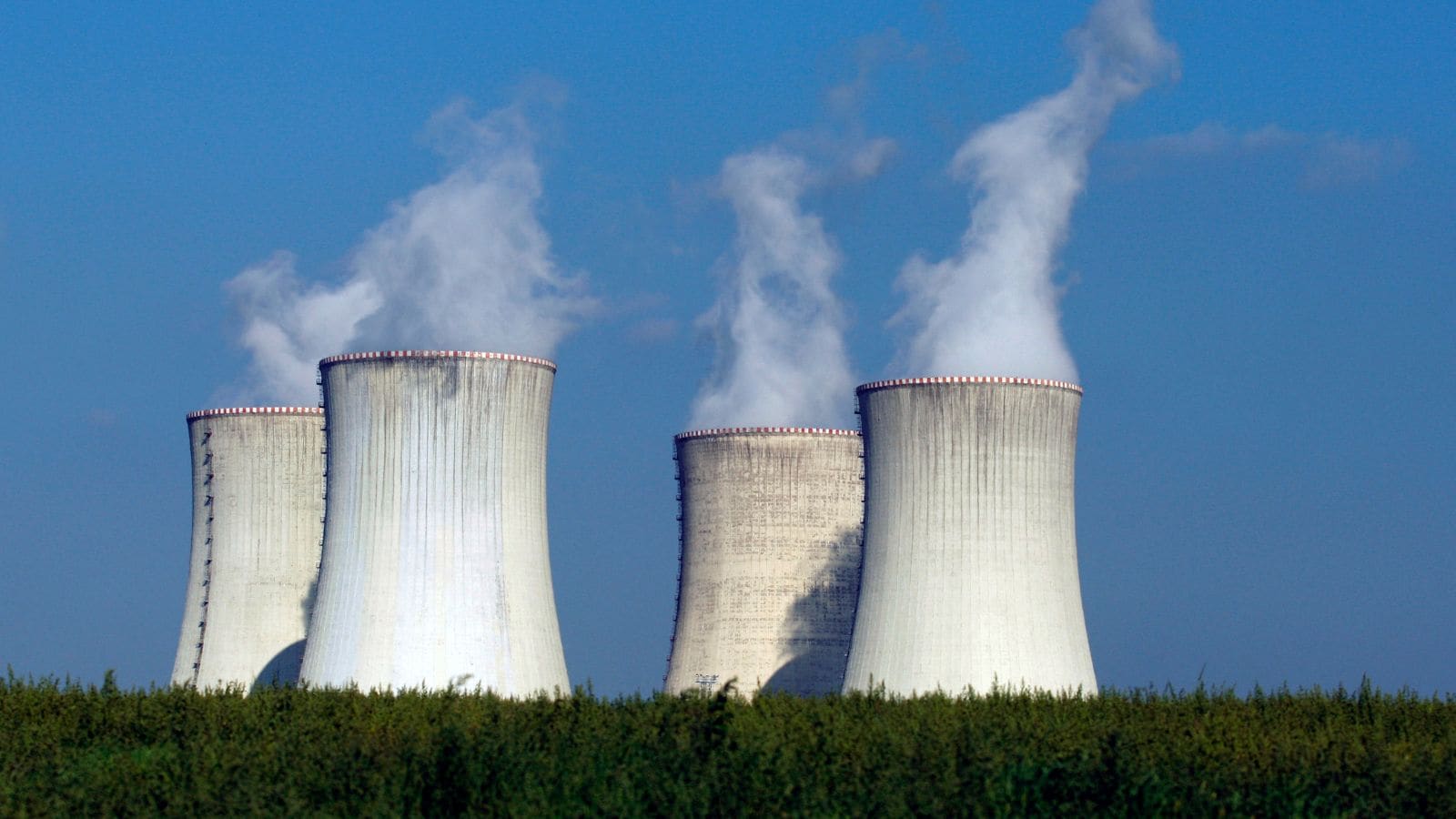Scientists may have captured first visual evidence of cosmic strings in the universe

The universe began with a bang—an explosion so intense, it forged the fabric of space and time itself. This pivotal moment, known as the Big Bang, marked the birth of everything we see, know, and are. In less than a hundredth of a second after this event, the cosmos underwent a violent transformation. A phase transition surged through its quantum field, a change much like water boiling into steam—but at temperatures beyond imagination. This rapid shift may have left behind scars in the form of cosmic strings. These are hypothetical, thread-like structures packed with energy and stretched across vast cosmic distances. The idea first surfaced in the 1970s, as physicists explored grand unified theories to explain the early universe. Tom W. B. Kibble proposed in 1976 that, as the universe cooled, it might have formed defects in spacetime during symmetry-breaking transitions. Much like cracks in freezing water, these defects could appear as one-dimensional structures. Kibble’s insight offered a way to link particle physics with the structure of the cosmos. In the early 1980s, Alexander Vilenkin suggested cosmic strings might shape how galaxies formed. If they existed, their gravitational pull could influence matter across enormous scales. Around the same time, Edward Witten and others began tying these ideas to the emerging framework of superstring theory. If true, cosmic strings might bridge the smallest known particles with the largest cosmic structures. Yet, as new data rolled in, especially from inflationary models, doubts grew. These models explained the smoothness and structure of the universe without needing cosmic strings, pushing the theory out of the spotlight. Euclid space telescope discovers Einstein Ring in a nearby galaxyBreakthrough gravity discovery challenges the existence of dark matterBold new theory challenges endless expansion of the universe Still, some physicists weren’t ready to give up. In the 2000s, Thibault Damour and Vilenkin proposed that cosmic strings might release bursts of gravitational waves. If true, they might leave echoes detectable by sensitive instruments. Today, observatories like LIGO and Virgo continue the hunt. Scientists also scan the Cosmic Microwave Background for signs of these elusive threads. So far, no conclusive evidence has surfaced. Even so, interest has returned—especially among string theorists. If cosmic strings are real, they could offer rare experimental proof for ideas about hidden dimensions and vibrating strings at the heart of matter. That’s why a recent statement from the Indian Institute of Astrophysics caught attention. While details remain sparse, the announcement has reignited hopes across the global physics community. Last month, the institute's researchers publicized the identification of several persuasive cosmic string candidates, with one specific field of space, designated as CSc-1, drawing particular interest. Their findings, while still awaiting peer review, have been preliminarily published in the Bulletin de la Société Royale des Sciences de Liège and are accessible on the arXiv preprint server. The focal point of this groundbreaking study is an enigmatic duo of bright galactic entities cataloged as SDSSJ110429.61+233150.3. These celestial bodies, initially perceived as a pair of separate galaxies, are postulated by the research team to be a single galaxy, its image cleaved into two distinct components due to a phenomenon known as gravitational lensing. This process, where the gravitational fields exerted by massive celestial bodies distort and bifurcate the light from objects behind them, is typically associated with the immense gravitational pull of galaxy clusters. However, in this instance, the researchers propose a different lensing agent: a cosmic string. In the study, the team found, "The significant correlation between the spectra of the two components indicates the possible GL (gravitational lensing) nature of the pair. Our simulations of observational data in the CSc-1 field shows that a large number of pairs can be explained by the complex geometry of the CS (cosmic string)." They further discuss their simulations of the SDSSJ110429 galaxy pair, revealing, "The observed angle between the components of the pair can be explained if the CS is strongly inclined and, possibly, bent in the image plane." This hypothesis, while compelling, carries its share of uncertainties, largely due to the unprecedented nature of the findings. Cosmic strings, if they exist, represent remnants from the universe's infancy, and no concrete evidence of such primordial defects has been previously documented. The researchers, therefore, proceed with scientific prudence. They recognize the possibility that the absence of detectable mass between the “twinned” galaxies could suggest that they are indeed separate entities. Nonetheless, the identical nature of the light spectra from the two components bolsters the argument for their being duplicates, resulting from the gravitational influence of a cosmic string. In pursuit of further clarity and potentially irrefutable evidence, the scientists recommend an intensive examination of the CSc-1 field, employing the advanced capabilities of a 4-meter class telescope. One such observatory, the Devasthal Optical Telescope, situated in Nainital, India, could play a crucial role in this investigative endeavor. While the study stops short of providing the unequivocal evidence that astrophysicists have been zealously seeking for over fifty years, it marks a potentially significant milestone in our cosmic quest. The journey to understanding cosmic strings is akin to threading a needle in the dark expanse of space; the task is meticulous, the target elusive, and the implications profound. Whether these findings will solidify into the long-sought proof of cosmic strings' existence or dissolve into the cosmic background remains to be seen. However, the pursuit of such knowledge underscores humanity's relentless quest to decipher the universe's deepest mysteries and the fundamental forces that shape the very fabric of our existence. Note: Materials provided above by The Brighter Side of News. Content may be edited for style and length. Like these kind of feel good stories? Get The Brighter Side of News' newsletter.


















